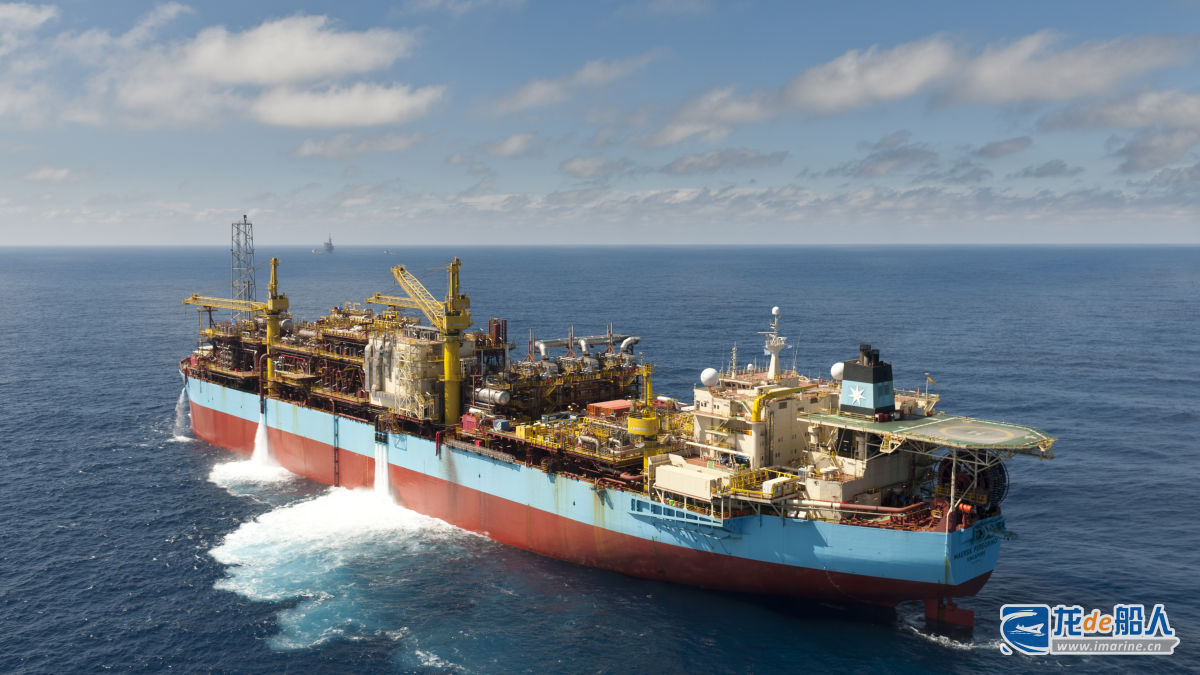The installation and production of new high-capacity ultra-deepwater floating production, storage, and offloading vessels (FPSOs) will drive significant demand for a new generation of offshore support vessels (OSVs) and push up daily charter rates. Forecasts indicate that Brazil’s deployment of larger-capacity FPSOs is expected to expand its OSV fleet by 28% by 2030.

Nicolas Garschagen, director of Arctic Offshore, pointed out that most of the new FPSOs will be deployed in Brazil’s two major offshore production hubs—the Campos Basin and the Santos Basin. Compared with existing facilities, the new FPSOs will increase the average daily crude oil production capacity by 25%, raising the current average of 130,000 barrels per day to 163,000 barrels per day by 2030.
Currently, 19 and 28 FPSOs have been deployed in the Campos and Santos Basins, respectively. Nicolas Garschagen points out that the installation of new FPSOs in deeper waters further offshore will spur demand for a new generation of Platform Supply Vessels (PSVs), Remotely Operated Vehicle (ROV) Supply Vessels, and Anchor Handling Tugs Supply (AHTSs). “Most of the new FPSOs require a day to a day and a half to reach the coast. Therefore, larger vessels with greater endurance are needed to meet the operational requirements of these FPSOs.”
Given the ultra-deepwater operating environment at depths of 1,800 to 2,300 meters and the requirement for long-range supply operations spanning 50 to 150 nautical miles, the new OSV will employ DP2 or DP3 dynamically positioned vessels equipped with underwater operation capabilities.
The Buzios and Mero fields in the Santos Basin boast the highest density of FPSO installations. Currently, five FPSOs are operational at the Buzios field, with six more (P78, P79, P80, P82, P83, and Buzios 12) scheduled to come online soon. This development positions the region as one of the world’s largest ultra-deepwater production clusters.
Nicolas Garschagen noted that the FPSO projects of Petrobras, Karoon Energy, and Brava Energia have formed “an exceptionally robust pipeline of future projects.”
Currently, 11 new FPSOs have been contracted, with 3 more in the bidding phase and 7 under evaluation. Petrobras alone is projected to add 15 new FPSOs by 2030. The installation and commissioning phases of FPSOs generate demand for offshore vessels. For instance, Petrobras primarily outsources FPSO installation to subsea contractors like Subsea7, TechnipFMC, and Allseas, which support these operations by chartering vessels.
During the 2025 Offshore Support Journal Conference in Brazil, Nicolas Garschagen outlined the vessel requirements for a typical FPSO installation operation to attendees: “After the FPSO is towed to the work area by ocean-going tugs, typically 4 to 5 AHTS vessels are required for positioning. An anchor handling tug (AHT) is needed to complete mooring line connections, supported by 1 to 2 PSV vessels for operational assistance. This is followed by mooring line connections and riser connections. A single operation is estimated to require 7 to 11 offshore vessels, with the exact number depending on the installation plan.”
Nicolas Garschagen also stated that once the new FPSO comes online, it will achieve a daily production capacity of 225,000 barrels of oil and a storage capacity of approximately 1 million barrels. This means an offloading operation will be required every 4 to 5 days, during which a dedicated anchor-handling tug will be deployed. Overall, the production phase may require up to four OSVs.
Arctic Offshore forecasts that new FPSO projects will drive a 28% increase in OSV demand by 2030. Over the next five years, the PSV fleet is projected to grow from 137 vessels to 169, the AHTS fleet from 64 to 87, and the RSV fleet from 46 to 57.
Although the project pipeline is expected to drive increased demand, Petrobras advisor Guilherme Cruvinel cautions that multiple offshore units in the Campos Basin will soon be decommissioned and replaced by fewer but more efficient FPSOs. By 2029, Petrobras anticipates retiring 10 FPSOs and approximately 68 platforms.
One of the assets in the Campos Basin set to change hands is the Peregrino oil field. Equinor has agreed to sell its 60% operating interest in the Peregrino field (including the Peregrino FPSO) to consortium partner PRIO. The transaction is valued at $3.4 billion. The relevant agreement was signed on May 1, 2025, and the deal is expected to close in July 2026, subject to regulatory approvals.
Nicolas Garschagen revealed that Brazil’s offshore oil and gas market currently operates 463 oil and gas service vessels, with approximately 84% flying the Brazilian flag and the remainder under various international flags.
To meet the demand for flexible/rigid pipeline laying and umbilical cable operations over the next five years, Petrobras has issued a request for information on pipelaying vessels and plans to expand its subsea operations fleet from 72 vessels this year to 96 vessels by 2026. Guilherme Cruvinel stated, “The company wants to improve the flexibility of its fleet.”
In addition, Nicolas Garschagen stated that the equatorial margin region has become one of the frontiers of oil development, with a daily production potential of 1 million barrels. “Based on the existing FPSO design standards, 5 to 6 new FPSOs need to be deployed.”


